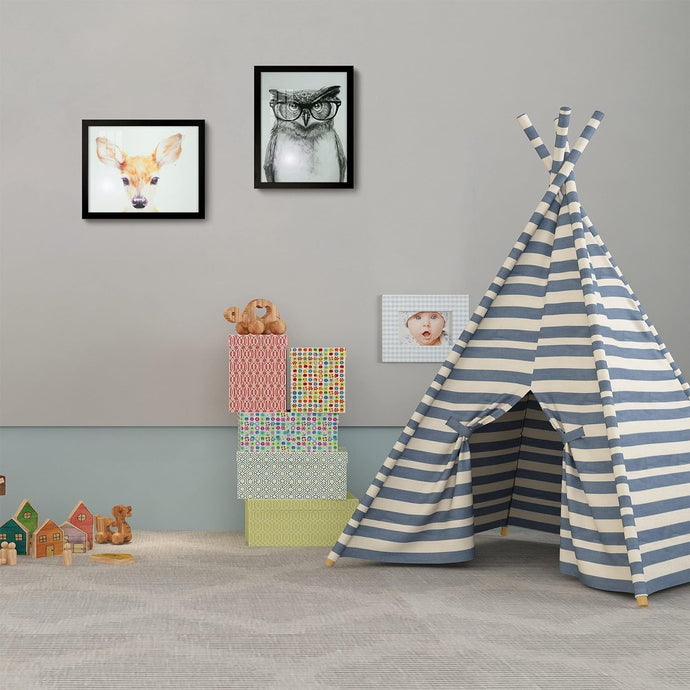Being an artist in the United States is very difficult. Artists face many big problems and challenges. They struggle to earn enough money from their art. Finding affordable places to live and work is hard. Getting healthcare coverage is tough when you don't have a normal job with benefits. Artists also face discrimination based on their race, gender, sexuality or disability status. There are not enough opportunities for artists from underrepresented groups to showcase their work or make a good living. Even though the arts are very important to our culture and economy, the people who create art have to overcome huge obstacles. For every famous, successful artist, there are many more talented people who had to give up their art career because of these difficulties. If we want to keep having great American art, we need to make big changes to support working artists and remove the barriers they face.
Financial Instability and the Struggle to Make a LivingOne of the biggest challenges confronting artists in the United States is the ability to earn a sustainable income from their creative work. According to the Artists and Art Workers in the United States report by the National Endowment for the Arts, the median annual income for artists was just $20,000 in 2017 - about half the median for the overall U.S. workforce. Lack of financial stability forces many artists to take on supplemental employment, leaving less time to devote to their craft. The rise of the "gig economy" has compounded matters, with companies exploiting "freelance" labour without offering benefits or reliable income streams.
Earning a liveable wage is especially difficult for emerging and mid-career artists who have yet to establish renown in their artistic field. Grant funding remains highly competitive, gallery representation is increasingly scarce, and art patronage has declined in recent decades.
Lack of Affordable Housing and WorkspaceNationwide increases in housing costs over the past two decades have disproportionately impacted artists, many of whom reside in urban areas with inflated real estate markets. A 2021 study by the Aviara Arts Renaissance Initiative found that 66% of U.S. artists struggle to pay rent.
Rising rents and property values have displaced countless artists from cities like New York, San Francisco, and Los Angeles that were once thriving artistic communities. The COVID-19 pandemic only exacerbated this challenge as many artists were forced out due to job loss.
In addition to unaffordable housing, finding adequate workspace and studios has become increasingly difficult for painters, sculptors, musicians, and other artists requiring specialized facilities. This obstacle especially impacts those working with large-scale artworks or loud instruments like drums.
Lack of Access to HealthcareWith many artists engaged in freelance or "gig" work without employer healthcare benefits, access to affordable healthcare remains a tremendous obstacle. A 2018 study by the Future of Music Coalition found that 57% of musicians lacked any form of health insurance coverage.
For artists already struggling with inconsistent incomes, the high costs of individual healthcare plans and unexpected medical expenses can be financially ruinous. This issue disproportionately affects older artists who require more frequent medical treatment.
Business Side of the ArtsCompared to other professional careers, formal training programs offering business education tailored specifically to artists are quite limited. This lack of entrepreneurial guidance can leave artists ill-prepared to market themselves, negotiate fair compensation, protect their intellectual property, manage finances, and navigate other critical business functions.
While many universities have begun offering "arts entrepreneurship" courses and degrees, gaps remain in providing artists with structured training on the operational skills required to run a successful creative enterprise or career.
Discrimination and Lack of RepresentationLike many industries, the arts continue to grapple with underrepresentation and discrimination facing women, BIPOC, LGBTQ+, and disabled artists. A 2019 study by the PEW Research Center found that 69% of artists in the U.S. identified as non-Hispanic white. Disparities persist in institutional leadership roles, acquisition of artwork, opportunities for exhibitions and performances, media coverage, and compensation levels. According to research by Art net Analytics, works by female artists comprise just 2% of global auction spending despite making up over 50% of current visual arts students.
Overcoming centuries of gatekeeping, as well as unconscious biases that still influence perceptions of whose work qualifies as museum-worthy or commercially-viable, remains an ongoing uphill battle for many marginalized artists.
FAQs:
Q: Is it possible for artists to make a decent living from their work?
A: Yes, though challenging, it is possible for some successful artists to make a comfortable living through savvy business practices, multiple income streams, grant funding, patronage, etc. However, most artists struggle financially.
Q: How can artists overcome lack of affordable housing/workspace?
A: Options include relocating to lower-cost areas, sharing spaces, renting temporary facilities, or converting living spaces into hybrid live/work studios. Some cities offer subsidized housing/workspaces for artists.
Q: What alternatives exist for artists without healthcare coverage?
A: Solutions include spousal/family healthcare plans, high-deductible plans, income-based subsidies via the Affordable Care Act exchanges, community health clinics, medical bill negotiation services, etc.
Q: Are there resources to help artists learn business skills?
A: Yes, an increasing number of formal education programs, workshops, online courses, and books aimed at teaching artists business/entrepreneurial skills. Local arts councils also provide mentorship.
Q: What can be done to increase diversity and opportunity in the arts?
A: Supporting leadership/staffing pipelines, funding initiatives that elevate underrepresented artists, community outreach/education programs, anti-discrimination policies, and actively pursuing equitable practices industrywide.


